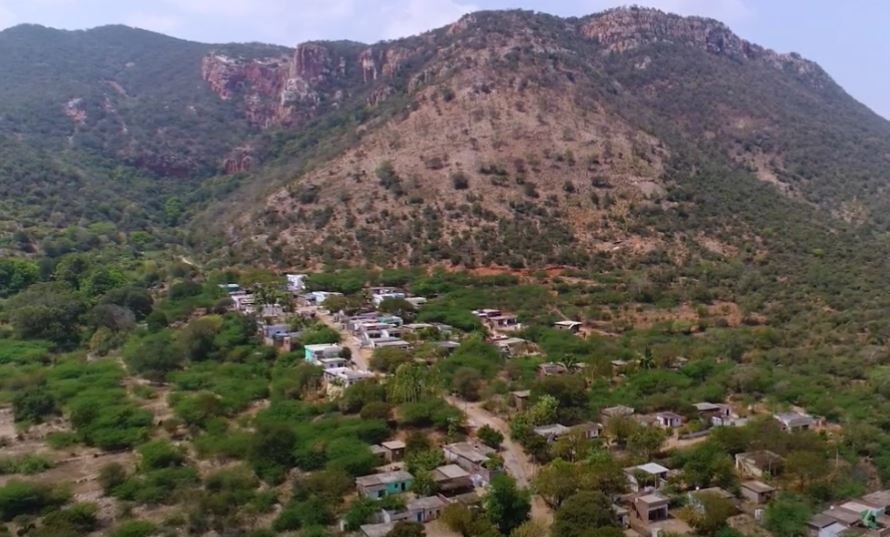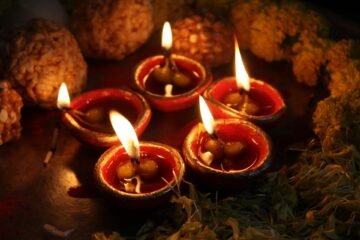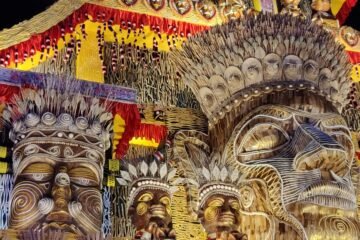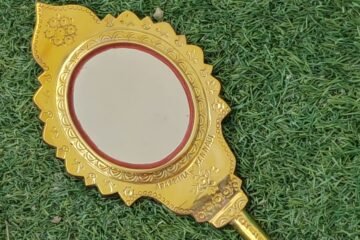Table of Contents
Udayagiri wooden cutlery is a testament to the fact that art can make even the most mundane and ordinary aspects of everyday life beautiful. Consisting of finely carved spoons, forks, knives and bowls, it is one of the rare traditional artforms which is as utilitarian as it is decorative. It is a regal way to enhance one’s mealtimes. And no wonder! It was developed by local artisans of Udayagiri under the patronage of the royal families of the region.
But before we delve deeper into the artform, first let’s go into the fascinating background of the place which nurtured and gave birth to this amazing traditional craft.
A Brief History of Udayagiri
Udayagiri is a small city in the Nellore district of Andhra Pradesh. Its first documented history starts from the 14th Century, during which it was the local kingdom of the Gajapatis of Odisha. In fact it was their chieftain, Languja Gajapati, who built the iconic Udayagiri fort. After the Gajapatis, Udayagiri was under the rule of Krishnadevaraya of the Vijaynagar kingdom. Subsequently, it came under the rule of chieftains of Golconda and then the Nawabs of Arcot who granted the title of jagir to Mustafa Ali Khan. Mustafa Ali Khan’s descendants controlled the region till 1839. It was during this rule of nawabs and jagirs that highly-decorated wooden cutlery became popular.
The Story of Udayagiri Wooden Cutlery

Udayagiri wooden cutlery consists of forks, spoons, knives, bowls, etc. carved beautifully with Persian-inspired motifs.
The craft is around 150 years old and has been passed on from artisan to artisan over generations. Udayagiri wooden cutlery was earlier a male-dominated craft, however, in recent years, mostly females are involved in the design and development of this elegant craft.
Forest and the Wood
The wood of Udayagiri wooden cutlery is especially sourced from the Durgampalli hills located nearby. The forests in this region are home to trees with a very fine quality of wood.
To make the carving easy and more intricate, soft wood like nardi, devadari, bikki chakka, kaldi chakka, and palabarki is used. Out of these, nardi and bikki chakka wood are the most commonly used for small cutlery pieces since these woods are softer. Larger cutlery pieces and bowls are made of harder wood like devadari or the more expensive kaldi chakka.
The Making of Udayagiri Wooden Cutlery
Udayagiri wooden cutlery is made by carefully processing beautiful fine-quality wood from the forest of Durgampalli hills. It is then carefully processed by the artisans and shaped into the smooth silhouettes of Udayagiri wooden cutlery. The handles of spoons and forks and edges of bowls and utensils are carved in intricate Persian-style patterns.
Here is a closer look into the process of making Udayagiri wooden cutlery:
1. Wood Procurement
The first step into making the Udayagiri wooden cutlery is the procurement of wood from the Durgampalli forests nearby. As discussed before, softer wood like nardi and bikki chakka is used for small cutlery pieces while harder wood like devadari or kaldi chakka is used for making larger cutlery and bowls.
Depending on the requirement, the artisans carefully select blocks of wood and take it home for further steps.
2. Processing and Seasoning
The large wooden blocks are kept in a dry place for about ten days for drying. They are then soaked in water again and redried. Afterwards, they are cut into smaller blocks based on the artisan’s requirement.
The next step is pretty unique. These smaller blocks are completely wound with jute string which is kept in place with a heavy stone on top of it. This helps the wood to become drier, softer and more suitable for carving.
3. Shaping and Cutting
The smaller wooden blocks are unwound from the jute threads. Marking is done on the blocks in the shape of the cutlery that would be made out of it.
A basic shape is then skillfully carved out of the wooden block with the help of a chisel, locally known as the gor uli. This chiseling has to be done very carefully as the wood is soft and can break easily.
4. Carving
Now is the time for the artisans of Udayagiri wooden cutlery to actually apply their magic! With the use of simple tools, like chisel (uli), file (gol kaadi), drills, nails, etc., they carve out unbelievably intricate patterns in the wood. Some carving patterns are amini, khajuri, kangura and, perhaps the most beautiful, Dargah ki jaali. For making holes, drills and nails are used. As per Zakeer Shaikh, the entire process involves only 10% machine-work and 90% hand-work.
5. Finishing
Finishing is the final stage of the production of Udayagiri Wooden cutlery. For small and delicate Udayagiri wooden cutlery pieces, finishing is done with files, while a paper finishing machine is used for larger pieces.
Inspiring Artisans
Udayagiri wooden cutlery is a 150 year old history which has seen a lot of ups and downs. It was at the peak of its splendor during the rule of the royals in Andhra Pradesh. But in modern times, the rise of plastic and mechanisation led to a substantial decrease in its popularity. The artform would have been lost had it not been recognised as a GI product in 2017 by the Government of India. Equally, if not more important to its survival, are inspiring artisans who worked extremely hard to revive their beloved artform.
Artisan Zakeer Shaikh, is a fourth-generation Udayagiri wooden cutlery artisan who gave up a steady well-paying job to learn this amazing craft from his mother Chousia Begum. State award winner Chousia Begum is one of the few artisans, who seeing the endangered future of her ancestral craft, took the initiative to revive it by training 90+ women in the artform. This article has also been written with the information and photographs provided by Zakeer Shaikh. You can take a look at some of his beautiful Udayagiri wooden cutlery products below and contact him through the information provided below.
Artisan Information
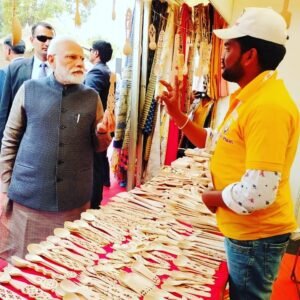
Zakeer Shaikh
Zakeer Shaikh is a fourth-generation Udayagiri wooden cutlery artisan who has worked with his mother, State award-winner Chousia Begum to revive his ancestral artform. You can reach out to Zakeer on +91-9492591085.
